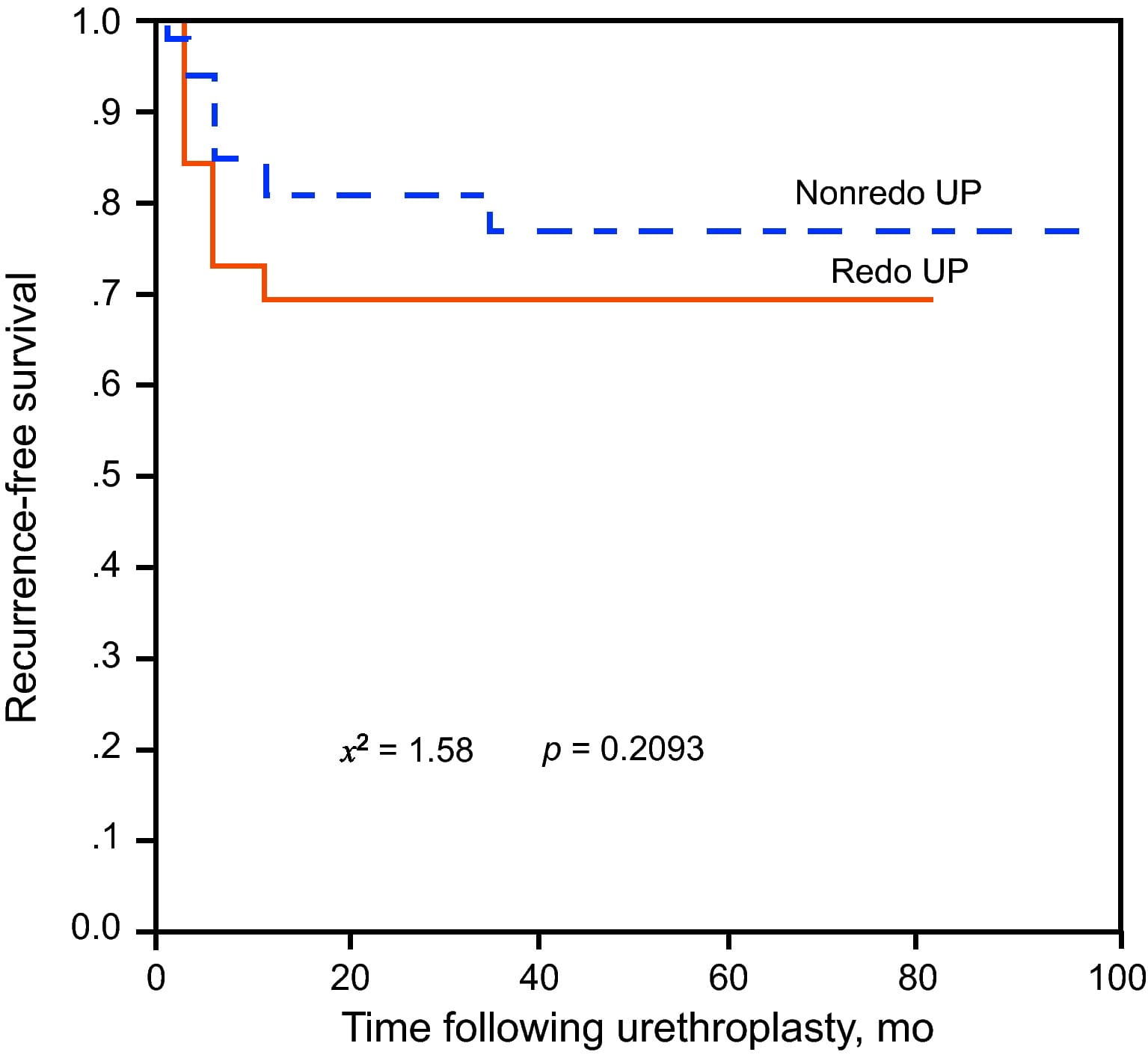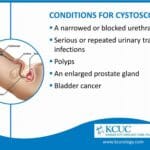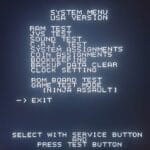This guide provides healthcare professionals with essential information about cystourethroscopy CPT codes for 2024, ensuring accurate billing and maximizing reimbursement. Understanding these codes is crucial for navigating the complexities of urology billing and staying compliant with the latest guidelines.
Essential Cystourethroscopy Codes
Cystourethroscopy CPT codes categorize different variations of the procedure, ensuring accurate billing for the services provided. These codes communicate the specifics of the procedure to insurance companies.
Core Cystourethroscopy Codes
These codes form the basis of cystourethroscopy billing and are used for common scenarios:
- 52000: Cystourethroscopy (separate procedure): This code represents a basic diagnostic cystourethroscopy, where the urologist examines the urethra, bladder, and ureteric openings using a cystoscope. It’s the foundation for more complex procedures.
- 52005: Cystourethroscopy, with ureteral catheterization…: This code is used when a ureteral catheter is placed, with or without irrigation, instillation, or ureteropyelography (excluding the radiologic service). This allows for further diagnostic or therapeutic interventions within the ureters.
- 52010: Cystourethroscopy, with insertion of guide wire or stent: When a guide wire or stent is inserted to maintain ureteral patency or facilitate other procedures, this is the appropriate code.
Complex Cystourethroscopy Codes
These codes represent more intricate procedures involving additional steps:
- 52001: Cystourethroscopy with irrigation and evacuation…: This code signifies the removal of multiple obstructing fragments or blood clots from the bladder and/or urethra, including cystolitholapaxy. Clear documentation stating “multiple obstructing clots” is crucial for accurate billing.
- 52007: Cystourethroscopy, with brush biopsy…: This code encompasses obtaining a tissue sample using a brush from the renal pelvis and/or ureter, aiding in diagnosing potential abnormalities.
- 52315: Cystourethroscopy with Foreign Body Removal: When a foreign object is removed from the bladder during the procedure, this code is used.
- 52353: Cystourethroscopy, with ureteroscopy and/or pyeloscopy; with lithotripsy: This indicates lithotripsy to break down stones in the ureter without stent placement during the same procedure.
- 52356: Cystourethroscopy, with ureteroscopy and/or pyeloscopy; with lithotripsy including insertion of indwelling ureteral stent: This is the code for lithotripsy with stent placement, ensuring the ureter remains open after the procedure.
- 52260: Cystourethroscopy with Bladder Dilation for Interstitial Cystitis: This code represents bladder dilation specifically for interstitial cystitis, often providing symptom relief.
Mastering Cystourethroscopy Coding
Accurate coding relies on several key considerations:
Diagnostic vs. Therapeutic Procedures
Understanding the intent of the procedure—whether diagnostic (observational) or therapeutic (interventional)—is crucial for code selection. Code 52000 is typically used for diagnostic purposes, while other codes reflect therapeutic interventions.
Additional Procedures and Modifiers
When multiple procedures are performed during the same session, appropriate additional codes and modifiers are necessary. Modifier 59 may be required to indicate separate and distinct procedures, preventing bundling issues. This ensures proper reimbursement for all services rendered.
The Crucial Role of Documentation
Thorough and precise operative notes are essential for justifying code selection and minimizing claim denials. Documentation should clearly describe:
- The reason for the cystourethroscopy.
- All procedures performed, including instruments used.
- Any findings or complications.
Bundling, Modifiers, and CCI Edits
- Bundling: Be aware that some procedures might be considered inherent to others (e.g., a diagnostic cystourethroscopy bundled into a more complex procedure).
- Modifiers: Modifiers provide further specificity to the CPT code, like indicating a procedure was performed on the left side. Always consult current guidelines, as Medicare has specific modifier rules.
- CCI Edits: The Correct Coding Initiative (CCI) identifies code pairs that shouldn’t be billed together. Understanding CCI edits helps avoid claim rejections.
Staying Updated and Avoiding Pitfalls
Coding guidelines evolve, so continuous learning is paramount. Staying abreast of updates from reputable sources is essential for accurate billing. Consider attending coding workshops or subscribing to relevant publications. Resources like the cystoscopy CPT code can also provide valuable information.
To further enhance your expertise in assessing and managing rheumatologic diseases, consider pursuing CSPDT certification.
This guide offers a thorough overview of cystourethroscopy CPT codes. While it covers various scenarios, consulting a coding specialist for specific complex cases is always recommended. Remember that accuracy in coding is crucial for optimizing your revenue cycle management.
- Discover Coffeeville, MS: A Small Town Rich in History and Grenada Lake Charm - November 25, 2024
- Discover Sabetha, KS: A Guide to Community, History, and Local Attractions - November 25, 2024
- Cornersville, Tennessee: A Crossroads of History and Southern Charm - November 25, 2024














